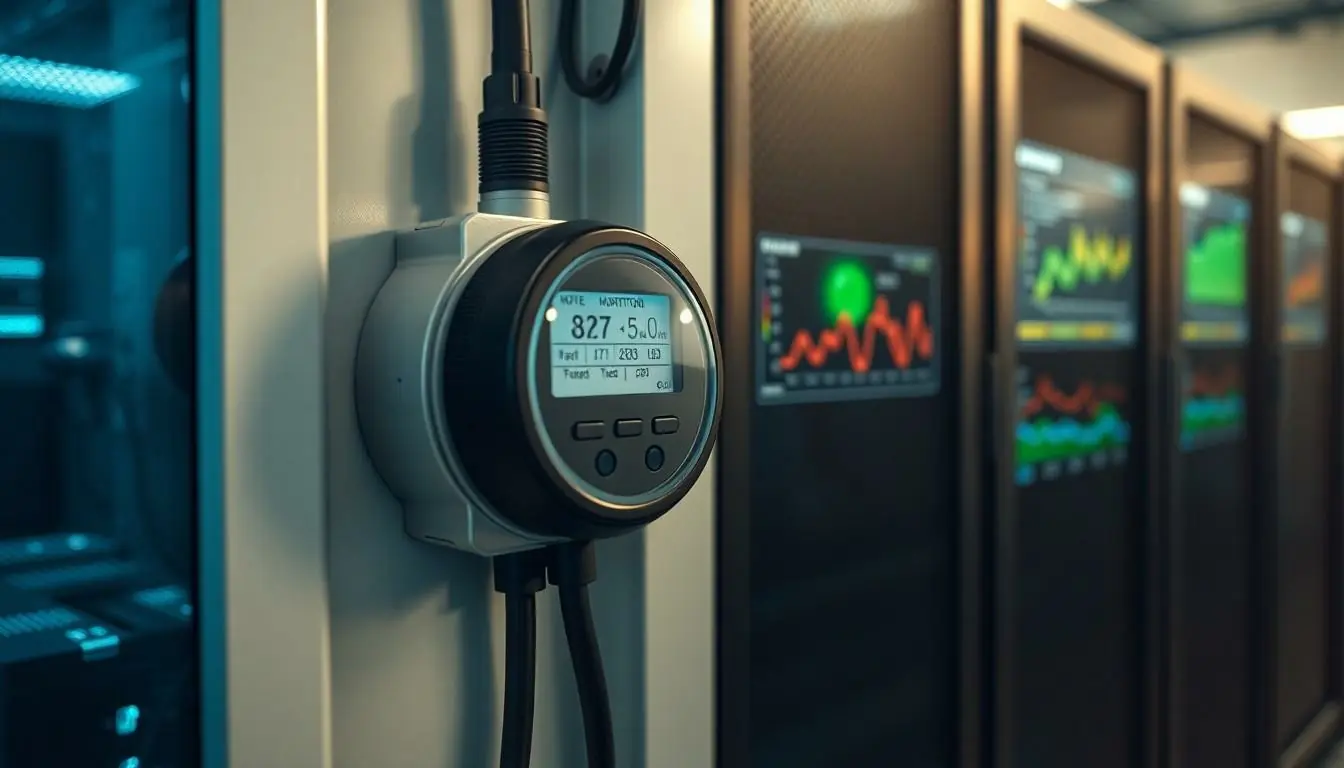In a world where every click and keystroke matters, the energy consumption of AI tools like ChatGPT is a hot topic. Ever wondered how much juice this chatty AI guzzles while spinning tales and answering questions? Spoiler alert: it’s not a small sipper! As users tap into its vast knowledge, they might be surprised to learn just how much power is needed to keep those witty responses flowing.
Table of Contents
ToggleUnderstanding ChatGPT Usage
ChatGPT’s energy consumption aligns closely with its architecture and core components. Significant power is necessary to maintain its operations effectively.
Overview of ChatGPT Architecture
ChatGPT functions on a transformer-based architecture designed for natural language processing. Innovative layers in the architecture facilitate complex computations when generating text. Layers primarily consist of attention mechanisms that require intensive calculations, contributing to energy expenditure. Each time ChatGPT processes input, it draws on this intricate structure, enhancing performance but increasing power usage.
Components That Consume Power
Processors within ChatGPT consume a considerable amount of power during operation. Graphics processing units (GPUs) and tensor processing units (TPUs) drastically enhance processing speed but also increase energy needs. Memory systems, responsible for storing large datasets, require continuous power to function efficiently. Additionally, cooling systems manage heat produced during extensive computations, further adding to overall energy consumption.
Measuring Power Consumption

Understanding the power consumption of ChatGPT necessitates precise metrics and tools. Evaluating this AI’s energy use requires adherence to established standards.
Power Metrics and Standards
Power metrics for AI models typically include kilowatts per hour and performance per watt. These measurements help determine how efficiently an AI model utilizes energy. Standards like the Energy Star program offer benchmarks for comparing consumption across various devices. Organizations often refer to these metrics to manage and reduce energy costs when deploying ChatGPT at scale.
Tools for Measuring Power Usage
Several tools effectively measure power usage in AI systems. Software platforms like NVIDIA’s Nsight Systems provide real-time analytics on energy consumption during model training and inference. Hardware solutions, including power meters and energy profiling devices, capture energy metrics directly from processing units. Integrating these tools gives developers insights into energy patterns, helping optimize ChatGPT’s performance while minimizing costs.
Factors Influencing Power Consumption
Multiple factors contribute to the power consumption of ChatGPT. Understanding these elements provides insights into its energy requirements.
Model Size and Complexity
Model size plays a vital role in energy use. Larger models, equipped with more parameters, perform more complex calculations, leading to increased power demands. The architecture’s intricacy directly influences how much energy is consumed while generating responses. Advanced features, such as multiple attention heads, heighten the computational burden, resulting in amplified power usage. Each layer within the model contributes uniquely to efficiency but also leads to higher energy costs.
User Interaction and Query Load
User interaction significantly impacts ChatGPT’s energy consumption. The volume of queries received directly correlates with power needs. During peak usage times, the system requires more processing power to handle numerous simultaneous interactions. This demand increases energy expenditures. Additionally, complex queries necessitate greater computational resources, further elevating power consumption. Increased user activity creates a continuous cycle where energy use escalates in response to demand.
Comparing with Other AI Models
Understanding the power usage of ChatGPT involves looking at how its energy efficiency stacks up against other AI models.
Energy Efficiency of Different Models
Energy efficiency varies across AI models based on architecture and application. GPT-3, for example, consumes significant power due to its large size and intricate computations. In contrast, simpler models like BERT achieve lower power use while maintaining performance for specific tasks. Energy consumption metrics highlight this disparity. For instance, while ChatGPT’s power consumption might reach around 4000 watts per hour under heavy loads, lighter models may operate at half that rate. Thus, organizations should consider their specific needs and the corresponding energy implications when selecting a model.
Performance vs. Power Consumption
Balancing performance and power consumption remains critical for AI deployment. ChatGPT offers high performance with intricate language generation capabilities, but it comes at a cost. Higher-powered models deliver better results for complex queries, yet this often leads to increased energy demands. Conversely, lighter models provide adequate performance for less demanding tasks, consuming less power. According to performance per watt metrics, ChatGPT shows greater energy use during peak operations compared to lightweight alternatives. Effective deployment strategies should align performance requirements with acceptable energy consumption levels.
Understanding ChatGPT’s power consumption is essential for organizations looking to implement AI solutions efficiently. The significant energy demands associated with its advanced architecture and processing requirements can influence operational costs and sustainability efforts. By leveraging tools to monitor and optimize energy usage, developers can strike a balance between performance and power efficiency.
As AI continues to evolve, staying informed about energy consumption patterns will be crucial. Organizations must consider their specific needs and the energy implications of their chosen models. With careful planning and strategy, it’s possible to harness the power of ChatGPT while managing its energy footprint effectively.






